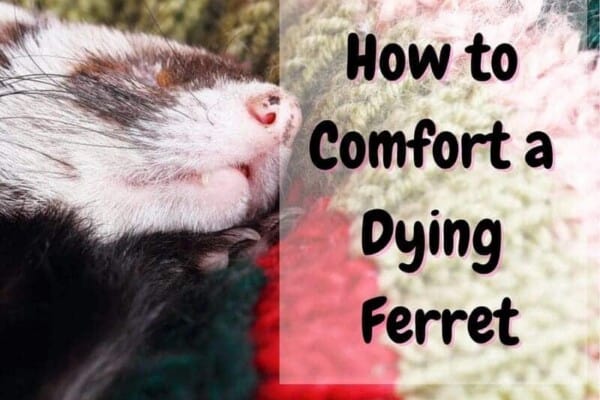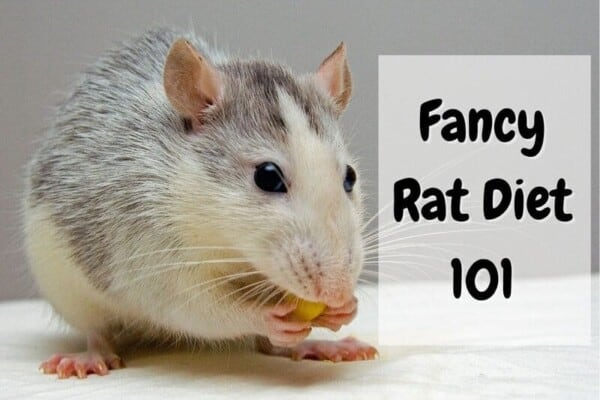How do you groom a sugar glider? They are very active, they like to play a lot, and like many other pets, they do not need much human care. Besides feeding them and cleaning their cage, a responsible owner should trim their nails, clean their teeth and groom their fur, among other activities.
Sugar gliders can clean themselves, making them preferred by some people to other pets. The sugar gliders can bathe themselves all over their bodies by spitting into their hands. Their own grooming is made possible by the nails they have at the back of their toes. In this guide about sugar glider grooming, we will see how you can enhance your sugar gliders’ health by taking care of their fur, nails, and teeth.
How to care for your sugar glider’s fur
A sugar glider’s fur is dry, almost smooth, and very soft. A sugar glider has fur that is densely packed, making it difficult for parasites like mites to live in. It makes them hypoallergenic pets making them ideal for people who are sensitive to other pet species as they are less likely to trigger an allergic reaction.
Sugar gliders are self-groomers, and they do not require any help from humans to groom themselves. They use their saliva for bathing themselves all over their body by “spitting” into their hands.
They have grooming nails, located at their back paws, and are adjacent to their big toes. These nails are very close to each other and are similar to a comb, to allow for good grooming. You will not notice any fur shedding as it is minimal since they have fur and not hair.
Can you bathe a sugar glider at all?
Unless your sugar glider vet gives you clear instructions, you should not bathe your glider. It is because their fur does not dry quickly once it gets wet, and may cause stress to the sugar glider or in severe cases lead to pneumonia or even death.
Sugar gliders are similar to cats in that both species can bathe themselves, and can do it exceptionally well, so they do not require baths. If you really need to remove something sticky on your sugar glider’s fur (glue, paint, etc.) the sugar glider must have no visible signs of illness and must be in good health.
Any contact with running water should be very brief and on the affected area only, preferably with a wet towel or wipe. Afterward, always wipe the sugar glider using a clean, dry towel or cloth.
How do you eliminate sugar glider odor?
There are many brands available in the market right now of sprays that eliminate the unpleasant odor of your sugar glider. The recommended ones are the all-natural odor eliminator as they are entirely safe for spraying on your sugar glider’s cage, on their bodies, or their food. These odor eliminators are very useful and will help eliminate all the foul odor from your house.
How to care for your sugar glider’s nails
Sugar gliders need their nails to give them a firm grip when landing after a jump, but this does not mean you should not trim them. Trimming is necessary as it helps avoid the sugar gliders from getting stuck on toys, clothing, ropes, fleece pouches, and more. On their front paws, they have five fingers, and on their back feet, they have two fingers that require trimming.
To trim the nails of your sugar glider it is best if you use a proper nail clipper for small pets as they are better adapted to tiny paws than a standard nail clipper.
Also, it’s important to not clip their “quick” accidentally as it is a very sensitive part of their body. The sugar glider’s nail trimming interval should be two weeks.
How to trim your sugar glider’s nails
If it’s your first time, here are a few things you need to keep in mind before trimming your sugar glider’s nails:
- You should trim the sugar glider’s nails with a magnifying glass and possibly a forehead light to see better while using both hands. Actually, trimming the glider’s nails is easier with the help of two people.
- Preferably, you should trim your sugar glider’s nails during the day as they are tired and calmer.
- It would be best if you allowed them to roam around their cage for about 5 minutes after waking them up or removing their pouch. It will enable them to use the cage’s bathroom instead of messing your clothes during trimming.
- You should provide your sugar glider with their favorite meal to keep them busy while you are trimming their nails. When it gets calm, carefully trim its nails one at a time.
- To spread its nails, apply pressure on the middle of its paw. Ensure that the foot is immobile to make sure you cause no injury to the foot due to movement.
- Do not use a human nail clipper; instead, use a pet nail clipper.
- You should only trim off the sharp, pointy part of the nail, and you should take great care to avoid clipping the pink part that contains the blood vessels and nerves.
- If you accidentally clip the pink part – the “quick” – and bleeding begins, it is advisable to apply a small amount of cornstarch or flour.
- You should take breaks when clipping the sugar glider. A break is necessary as it allows the sugar glider to get tired again and ensures that it is comfortable.
- Take greater care when trimming the back paws. The back paw has two fused toes that you should not trim, and the sugar glider uses the toes’ nails primarily for its grooming. You can trim the other three claws.
- Due to the sugar glider’s high claws growth rate, you should repeat this process every two weeks, or as advised by your glider’s vet.
- It would be best if you considered using a file to smooth down the ragged areas of the already trimmed claw to avoid the nails from causing scratches.
How to care for your sugar glider’s teeth
Since sugar gliders are not rodents, their teeth don’t continuously grow or require trimming. However, many sugar gliders are frequently affected by dental abscessation and gingivitis, so sugar glider vets recommend polishing and prophylactic scaling. This can only be performed by a qualified vet.
Sugar gliders that feed on large quantities of soft, sugary foods are prone to periodontal diseases and tartar build-up. These should be removed periodically by a vet. Sugar glider vets use anesthesia to scale off the tartar. Also, tooth fractures happen and may lead to exposed roots and tooth decay, so oral examination and radiographs are critical in determining the extent of these teeth conditions.
If they undergo dental surgery, you should modify the affected sugar glider’s diet to provide a softer meal that they can chew more easily. You should also syringe-feed sugar gliders that are unable to eat on their own after surgery until they can eat normally.
To prevent your sugar gliders from having dental infections, you should give them biscuits that have a dental guard and are made specifically for them. It would be best if you also took them to a certified veterinarian at least once a year for checkups and teeth cleaning.
Related articles:
Resources and further reading:
- A Technician’s Guide to Exotic Animal Care, Can Vet J, reviewed by Dr. Patricia Turner













